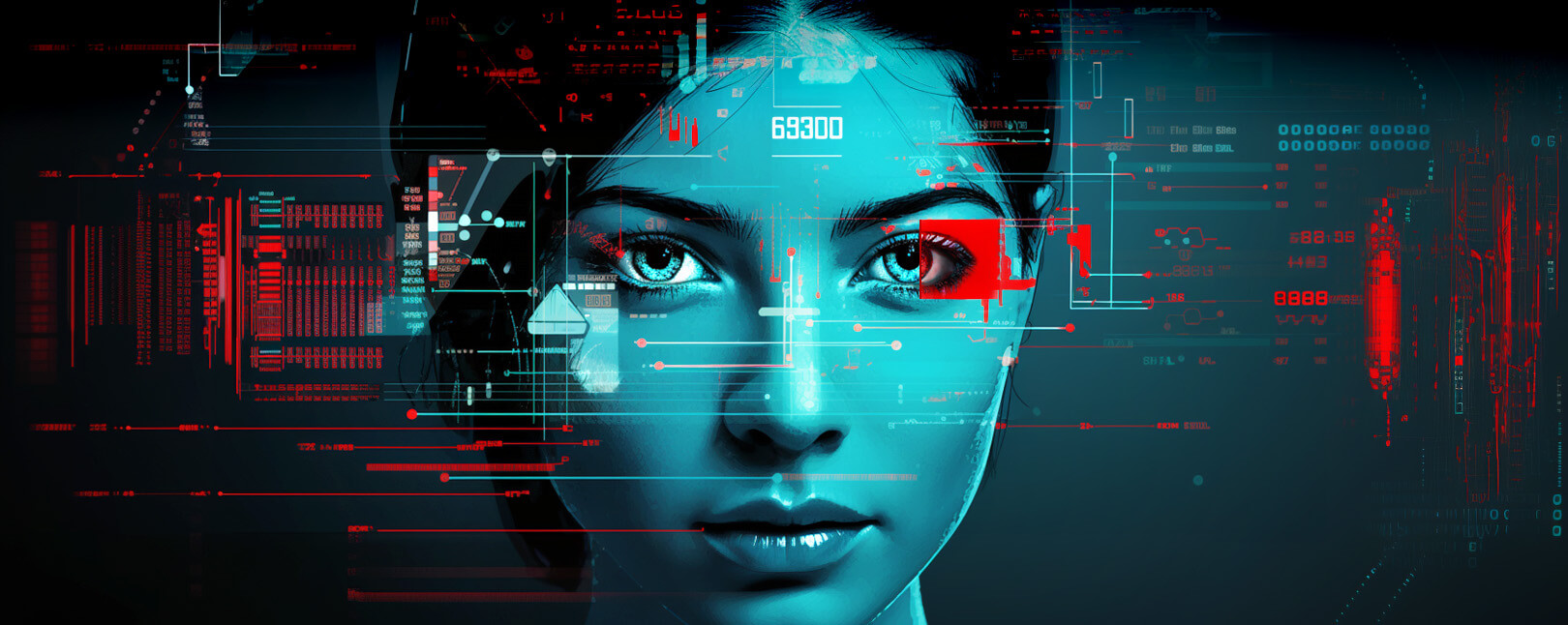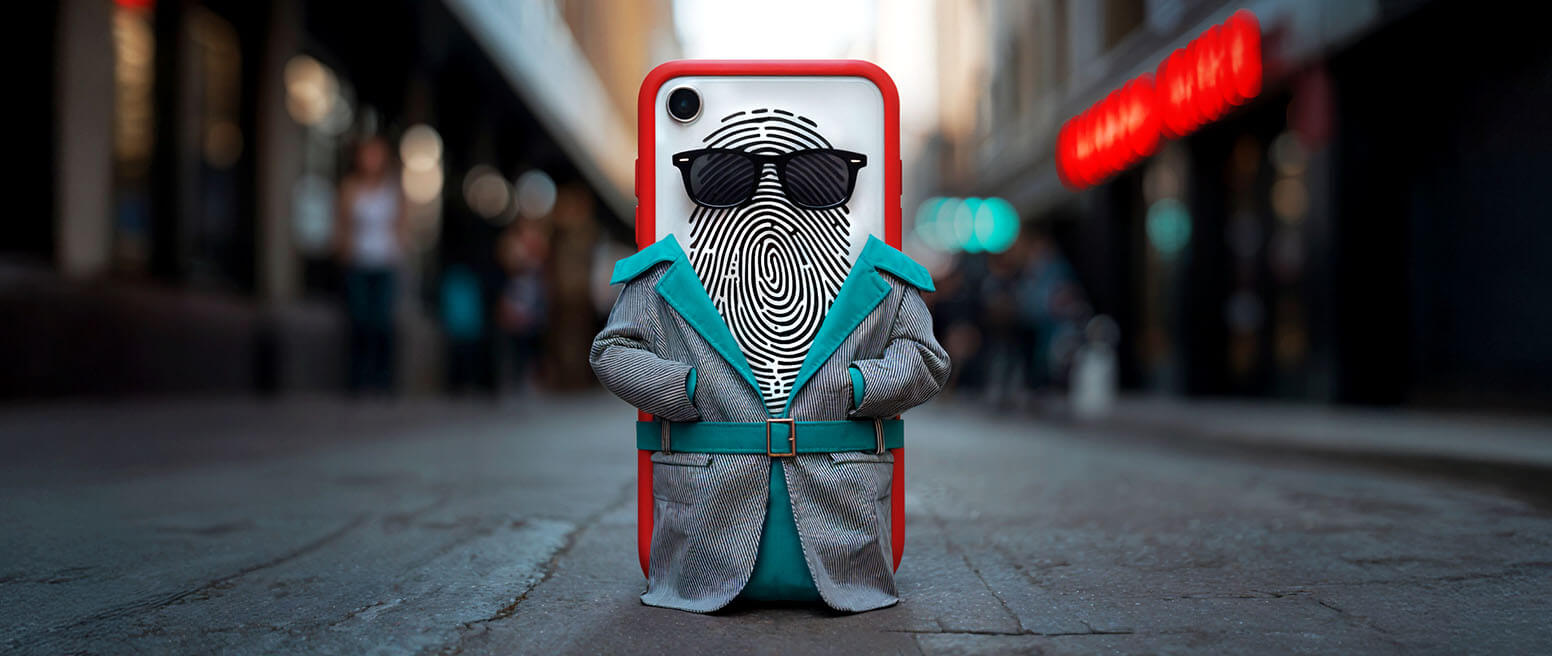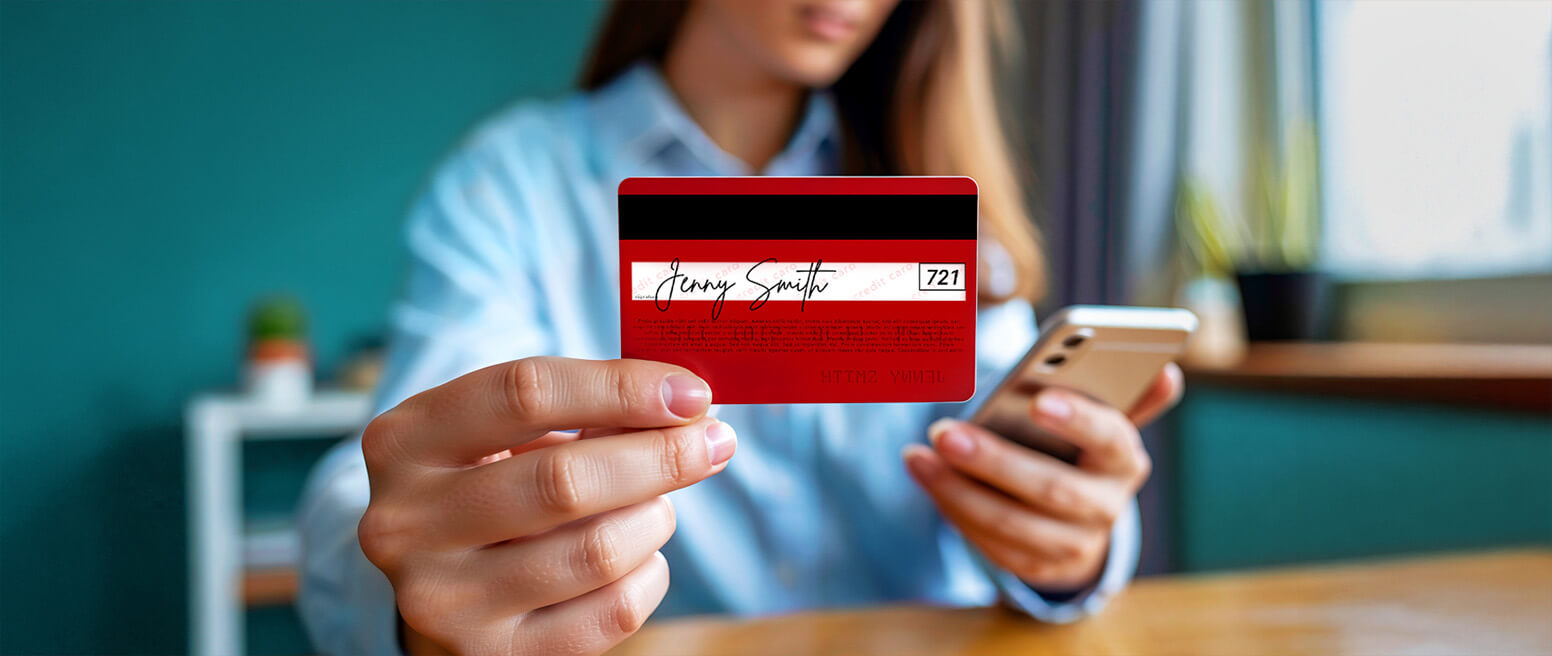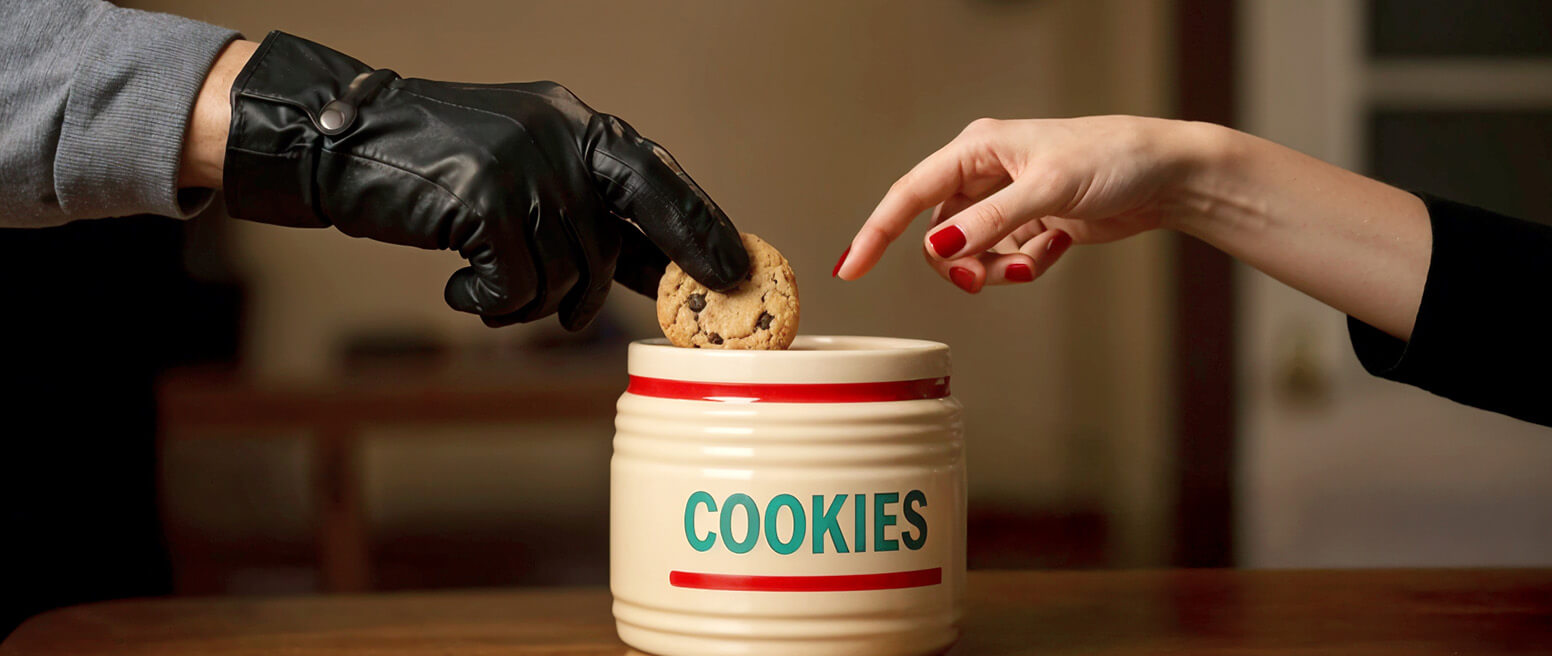The Top 10 Liveness Detection Benefits for Merchants and Consumers
Technology is advancing rapidly, and fraudulent attempts to bypass security systems can take various creative forms. For instance, using high-quality 3D-printed fingerprints or digital recreations of a person's face.
These deceptive techniques, known as presentation attacks, might sound like something out of a science fiction story. However, they are very real challenges that security experts must overcome, and liveness detection is one way to combat these threats.
Also referred to as “anti-spoofing” or “liveness verification,” this technology uses a suite of sophisticated methods to quickly tell authentic biometric data from artificial replicas. It ensures that the system recognizes and interacts with genuine sources, such as a living person's voice or real human facial features, rather than false or replicated versions.
Recommended reading
- What is Mastercard SecureCode? Here’s How it Works
- Reverse Email Lookup: Tips, Tools & How to Detect Fraud
- ECI Indicators: How to Understand 3DS Response Codes
- How Device Fingerprinting Works: Use Cases, Trends & More
- CVV2: How it Works | Rules & What Comes Next
- How to Detect Fraud: Top 20 Tips to Stop eCommerce Scams
What is a Presentation Attack?
Before diving in, we should clarify what we’re talking about regarding presentation attacks. This is a fairly new scheme, so many readers might still be unfamiliar.
A presentation attack is an attempt by a scammer to use fake physical characteristics or biometric data to impersonate someone else. This type of fraud is also referred to as biometric spoofing.
Fraudsters employ various tools for these scams, known as presentation attack instruments. The most common among them are artificial fingerprints and printed photographs of facial features. However, unauthorized individuals might exploit photographs, videos, or other replicas of an authorized user's biometric information to gain unauthorized access to secure systems.
Fake biometric data can be used in different fraudulent activities. It can be used to sign up for mobile banking apps, or apply for online credit. The ultimate goal of these fraudsters is typically to steal money, either from a financial platform or directly from an individual.
What is Liveness Detection?
- Liveness Detection
Liveness detection is a pivotal security feature in different authentication processes, including biometric verification. Its primary function is to confirm that the individual being authenticated is physically present during the biometric data capture.
[noun]/līv • nes • dē • tek • SHun/Liveness detection plays a crucial role in warding off biometric spoofing attacks. By ensuring that the biometric data originates from a living person rather than a fabricated or replicated source, liveness detection fortifies the authentication process, adding an essential layer of security.
Liveness detection methodologies can be categorized into three main types:
Active Models
These models demand specific actions from the person undergoing verification, such as blinking, nodding, or smiling. The rationale behind this approach is that genuine human faces exhibit natural movements and expressions. These directed movements can then be used to differentiate them from artificial representations or spoofs.Passive Models
These techniques scrutinize different aspects of a face’s image or video, like lighting and texture, to ascertain whether it represents a real face or a spoof. By analyzing these inherent properties, passive models provide an additional layer of scrutiny without direct interaction with the subject.Hybrid Models
Combining active and passive methods, hybrid models create a robust and comprehensive liveness verification system. This amalgamation augments the accuracy of detection, making it highly effective in countering fraudulent attempts.How Does Liveness Detection Work?
Liveness detection commonly involves a person taking a selfie during identity verification or digital onboarding processes. This detection usually takes less than two seconds, but the duration may vary based on whether it is an active or passive liveness check. Active checks may take slightly longer.
Here's a closer look at how the components of this sophisticated system operate behind the scenes:
The exact methods employed can differ significantly based on the particular system and the desired security level. These techniques are often used in conjunction with one another to enhance precision and furnish robust safeguards against various kinds of spoofing attacks.
10 Liveness Detection Benefits for Merchants & Consumers
The ongoing improvement of liveness detection techniques is crucial in strengthening security. This is especially true as we face more intricate spoofing and deepfake challenges.
Here's a straightforward look at ten vital advantages that liveness detection brings to everyday consumers and businesses:
#1 | Enhanced Security
Think of liveness detection as an extra security guard at the door. It ensures that unauthorized users can't slip through. It's a comfort to consumers and a strong barrier for businesses against fraud.
#2 | Convenience
Say goodbye to juggling multiple passwords or PINs. Liveness detection makes signing in quick and easy, enhancing user satisfaction and loyalty. It's a win-win for customers and merchants alike.
#3 | Regulatory Compliance
Staying within the lines of legal security standards isn't just smart; it's required. Liveness detection helps businesses keep everything above board, giving consumers peace of mind that their data is in good hands.
#4 | Reduction in Identity Theft
Imagine having a personal shield against identity theft. By making sure biometric information comes from a real person, liveness detection helps consumers sleep easier and keeps businesses safer from fraud-related headaches.
#5 | Cross-Platform Integration
Whether on a phone, tablet, or computer, liveness detection offers a consistent, seamless experience. It's like having the same friendly face greet you wherever you go. It makes things comfortable for consumers, and uniform for businesses.
#6 | Cost-Efficiency
Cutting down fraud isn't just good sense; it's good for the pocketbook as well. Liveness detection saves money for businesses and spares consumers from potential financial losses tied to identity theft.
#7 | Improved Customer Trust
Businesses send a clear message when they use liveness detection: We care about your security. This builds a level of trust that can turn casual consumers into loyal customers.
#8 | Adaptation to Emerging Threats
Liveness detection stays one step ahead in a world where threats constantly evolve. It's like having an ever-vigilant guard protecting consumers from the latest fraud techniques and helping businesses maintain robust defenses.
#9 | Accessibility
Biometric authentication with liveness detection is a welcome relief for those tired of forgetting passwords. It broadens the appeal to consumers and allows businesses to connect with more people.
#10 | Data Integrity
Ensuring that biometric data is accurate is like having a trusted friend vouch for you. Liveness detection ensures the information is genuine. It gives consumers confidence and provides businesses with a reliable authentication tool.
Liveness Detection Isn’t a Singular Solution
Liveness detection isn't just a technical feature. It's a partnership between consumers and businesses.
From better security to a more user-friendly experience, its adoption paves the way for safer and more convenient interactions. And while it's a robust tool, it's essential to remember that it's part of a broader security landscape.
Research clearly shows that active liveness detection is not foolproof. Attackers have sometimes used realistic masks, photographs, and even deepfake videos to bypass security measures. The debate over the effectiveness of active versus passive liveness detection is multifaceted, with convincing arguments supporting and criticizing both approaches.
One significant drawback of active liveness detection is that it can make the user experience more burdensome. This may be acceptable in high-security fields like government, military, or aviation. However, it could create unnecessary friction in everyday activities, such as verifying payments or unlocking a phone.
When considering your biometric authentication strategy, of which liveness detection is just one component, it is crucial to be aware of these potential limitations. A balanced view of the strengths and weaknesses of liveness detection, aligned with your specific needs and risks, is essential for developing an effective and user-friendly authentication system.
A Three-Part Strategy for Presentation Attacks
At the end of the day, liveness detection alone isn't a silver bullet against presentation attacks or deepfakes. It's a critical part of a more comprehensive, multi-layered strategy that includes three main pillars: liveness, as well as data source and document validation.
Here's how they harmonize to ensure robust user authentication:
Step 1: Data Source
Think of this as your first line of defense. It verifies a customer's identity by cross-referencing information with authoritative and regulated databases like banks, credit bureaus, or phone records.Step 2: Documents
Now, you've got to make sure that the identification being presented isn't a crafty forgery. This means examining a variety of government-issued identity documents closely. A robust solution here isn't just glancing at the document; it's probing and verifying to ensure it's not a printout or digitally manipulated.Step 3: Liveness
This is the “human touch,” so to speak, and should be your tertiary defensive line. Facial mapping technology ensures that the face in the ID document is the same in real life. It's like a virtual eye that detects even minute discrepancies like pixel changes, deep fakes, and masks, stopping fraudsters who might have defeated other verification methods.This three-pronged approach offers a more certain path to authenticating new users. It builds confidence that the information is legitimate, the documents are real, and the person presenting them is indeed who they claim to be, all in real time. It's like having a digital handshake that solidifies trust between customers and businesses.
A Final Note
Liveness detection for biometric authentication may seem futuristic, but it's more familiar than you might think.
Around 70% of Americans already have some experience using biometric technology. Its adoption so far has mainly been in specialized areas like healthcare, banking, and law enforcement. For regular merchants using it for payment authentication, it's still a relatively unexplored territory.
Regardless, there's no single foolproof method for protecting identity. Even if every merchant used biometrics for verification, it wouldn't solve issues like chargeback abuse, for example, as this is a type of post-transaction fraud.Ultimately, there's no one solution that can handle all the fraud management needs a merchant may have. The real answer lies in combining various tools and strategies to create a comprehensive approach to fraud prevention.
FAQs
What is liveness detection in face recognition?
Liveness detection in face recognition is a security measure that ensures the biometric data being analyzed comes from a live person rather than a photograph or video. It can involve techniques like analyzing eye movement or using 3D facial recognition to detect depth. This process helps prevent fraudsters from using fake or altered images to gain unauthorized access.
How do you pass liveness detection?
The system can be passed by a genuine user who provides real-time biometric data, such as a live facial scan. During this process, the system may ask the user to perform specific actions like blinking or smiling, which a static image cannot replicate. By successfully completing these checks, the system confirms that the biometric data is from a live person, allowing access or authentication.
What are the benefits of liveness detection?
Liveness detection adds an extra layer of security in biometric authentication by ensuring that the data comes from a live person, not a spoofed source. It helps reduce the risk of fraud, identity theft, and unauthorized access. Offering a swift and seamless authentication process also enhances user convenience and trust.
What are the different types of liveness detection?
Liveness detection is typically divided into three categories: active, passive, and hybrid. Deploying all three methods where appropriate creates a robust and comprehensive liveness verification system.
What is the difference between active and passive liveness detection?
Active liveness detection requires the user to respond to prompts such as blinking or smiling, while passive detection analyzes natural facial movements or characteristics without interaction. Both methods work to ensure that the biometric data is from a live person rather than a fake or recorded source.















